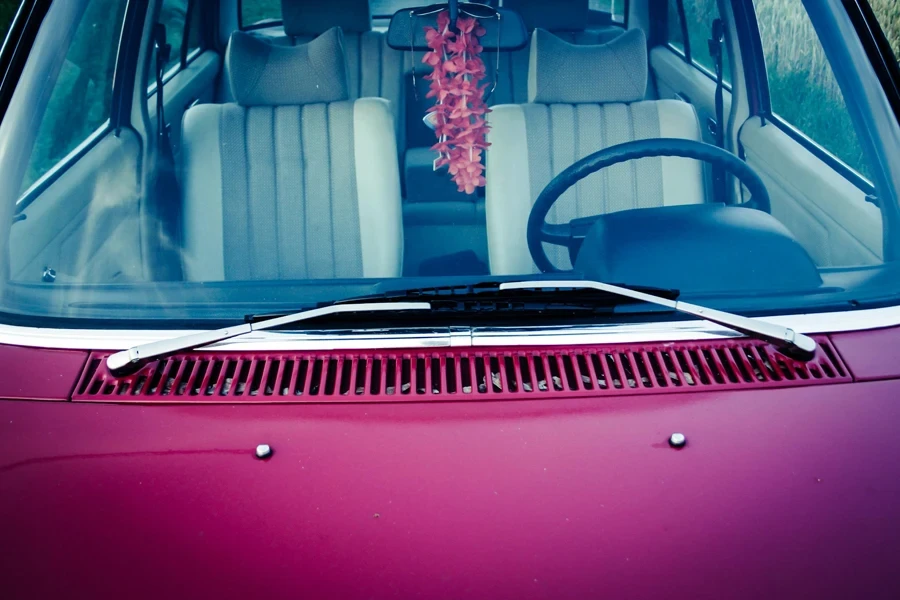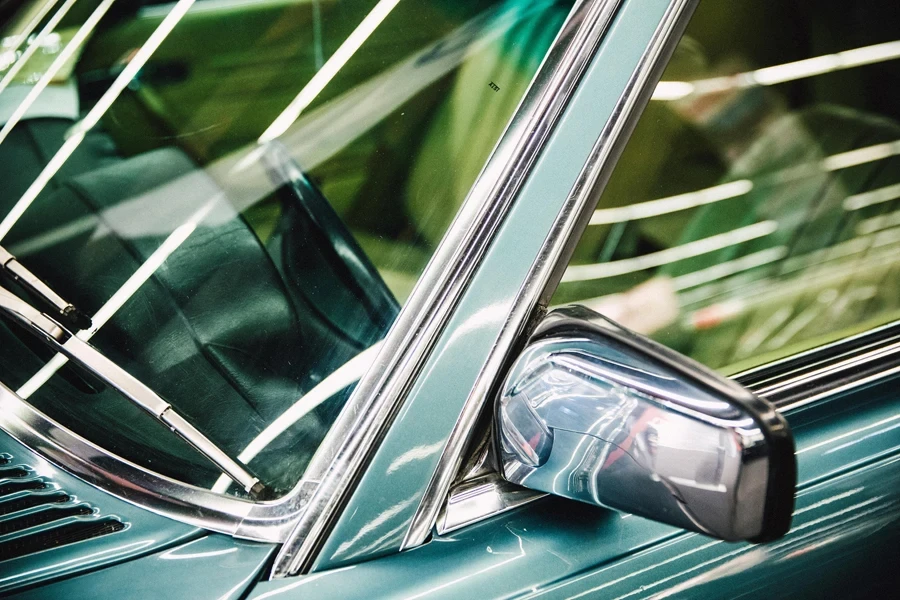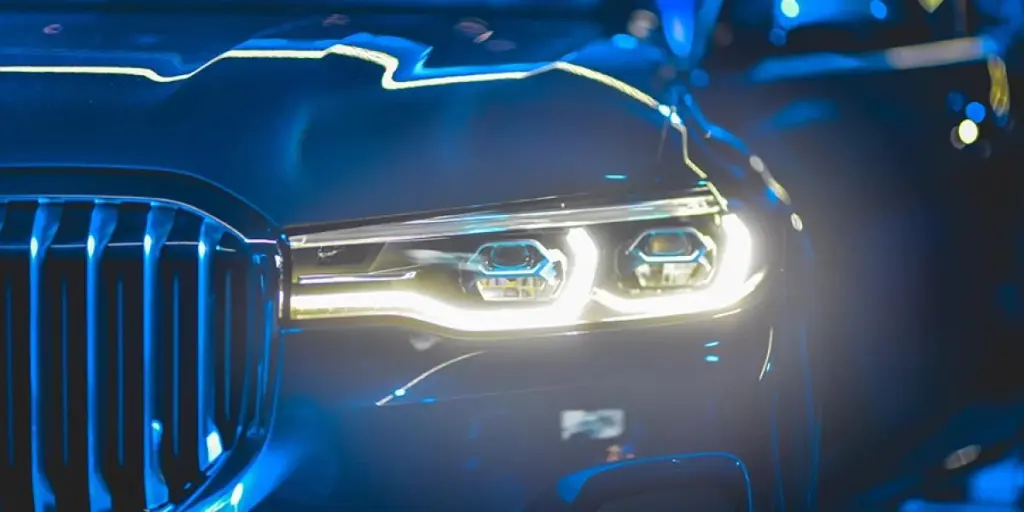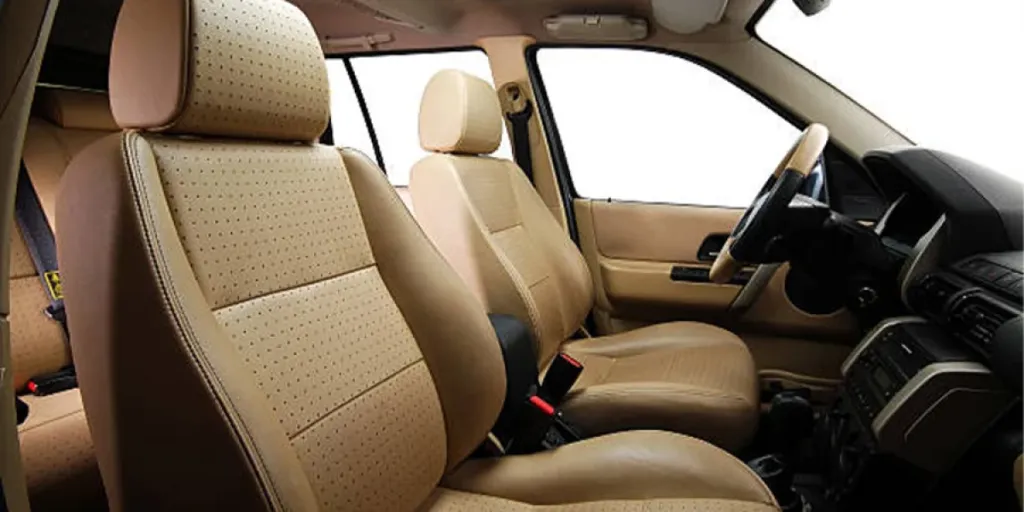Table of Contents
● Introduction
● Market overview
● Different types and their features
● Things to consider when selecting products
● Conclusion
Introduction
Keeping your windshield clear is essential for safe driving, making windshield wipers a crucial component for any vehicle. This guide delves into the windshield wiper market, exploring its current scale, projected growth, and key players, providing valuable insights for business professionals and online retailers. We’ll offer an in-depth analysis of different wiper types, from conventional to hybrid, highlighting their unique features, benefits, and suitability for various vehicle models. Additionally, we’ll cover important factors to consider when selecting wipers, including blade size, material, durability, and ease of installation and maintenance. Equip yourself with the knowledge to choose the best windshield wipers, ensuring optimal visibility, safety, and customer satisfaction in the automotive parts and accessories industry.

Market overview
The global windshield wiper market was valued at USD 7.5488 billion in 2022 and is projected to reach USD 8.56 billion by 2030, growing at a compound annual growth rate (CAGR) of 1.6% during the forecast period. This growth is driven by increasing demand for smart wipers, evolving customer preferences, and heightened safety concerns. Significant demand is noted in vehicles such as SUVs, hatchbacks, and sedans, with advancements and new product launches by key industry players further fueling market expansion. Leading companies in the market include Valeo, Bosch, Tenneco, Denso, Trico, and ITW, according to Business Research Insights.
The Asia Pacific region dominates the market due to rapid industrialization and high vehicle production in countries like India, China, and Japan. These regions benefit from increased urbanization and disposable income, driving the adoption of vehicles and, consequently, the demand for windshield wipers. Technological advancements, such as the development of weather-resistant and powered wipers, are major trends in the market. There is also a notable shift towards hybrid and beam wipers, which offer better performance and durability. The emphasis on safety and improved living standards contributes to the growing demand for efficient and reliable windshield wipers. Government regulations and increasing vehicle sales, which reached over 30 million units in China alone in 2022, further support market growth, according to Business Research Insights.

Different types and their features
Standard (conventional) wiper blades are commonly found on older vehicles and are known for their simple design and cost-effectiveness. Despite their affordability, these blades lack the aerodynamic efficiency of more modern designs, which can lead to increased wind noise and reduced performance in extreme weather conditions. Typically attached using a hook-shaped wiper arm fitting, they are available in various sizes, ranging from 10 to 28 inches. According to Windscreen Wipers, their ease of replacement and widespread availability make them a popular choice for many vehicle owners, especially those looking for a budget-friendly option.
Flat windscreen wiper blades feature a modern design that significantly enhances aerodynamics and reduces noise compared to conventional blades. These wipers include a tensioned metal strip running along the length of the rubber blade, providing consistent pressure and improved wiping efficiency. This design minimizes wind noise and offers better performance in various weather conditions, including heavy rain and snow. These blades are increasingly found on newer vehicles and can only be replaced with similar flat-style blades, which maintain the vehicle’s intended aerodynamic properties. According to Wiper Blades, their sleek design not only improves functionality but also contributes to a cleaner look on the windshield.

Hybrid windscreen wiper blades combine the strengths of conventional and flat wipers, offering a versatile solution that suits a wide range of vehicles. These blades feature an articulated plastic frame paired with a steel sub-structure, providing both durability and enhanced aerodynamics. The hybrid design ensures even downforce across the windshield, resulting in efficient and quiet wiping action. This allows the blade to flex and conform to the windshield’s curvature, improving performance in various weather conditions.
Spoiler windscreen wiper blades are designed with a built-in spoiler that runs along the length of the blade, ensuring closer contact with the windshield at high speeds. This aerodynamic feature reduces lift and enhances the blade’s ability to clear water and debris effectively. Spoiler blades are similar to conventional wipers in their attachment method but provide superior performance due to the added aerodynamic benefits. According to Windscreen Wipers, these blades are ideal for high-speed driving and are commonly used in performance and luxury vehicles to ensure optimal visibility and safety.
Retrofit windscreen wiper blades offer an upgrade path for vehicles originally equipped with conventional wipers. These blades have a flatter shape that enhances aerodynamics and reduces wind noise, similar to flat blades. Featuring a tensioned metal strip within the rubber blade, retrofit wipers provide consistent pressure across the windshield, improving overall wiping performance. According to Wiper Blades, these blades enable older vehicles to benefit from modern wiper technology, making them a popular choice for those looking to enhance their vehicle’s functionality without a complete overhaul.

Specific fit windscreen wiper blades are tailored to meet the exact specifications of particular vehicle models. These original equipment replacements are designed to fit seamlessly onto the vehicle without requiring additional adaptors. Often used for unique rear wiper designs, specific fit blades ensure a precise and secure fit, maintaining the integrity and performance of the vehicle’s wiper system. As mentioned by Windscreen Wipers, these blades are essential for maintaining manufacturer standards and are typically recommended for vehicles with specialized wiper systems.
Rubber refill windscreen wiper blades provide a cost-effective alternative by allowing vehicle owners to replace only the rubber element of the wiper blade. While this option is cheaper and reduces waste, it is not a long-term solution as the wiper frame can weaken over time. Rubber refills are compatible with certain types of wipers but generally offer less durability and performance compared to replacing the entire blade. According to Windscreen Wipers, while rubber refills can be a quick fix, it is often more effective to replace the whole wiper blade to ensure optimal performance and longevity.

Things to consider when selecting products
Blade size and compatibility are crucial factors when selecting windshield wipers. To ensure the correct fit, check your vehicle’s owner’s manual or specific vehicle specifications. Windshield wipers often come in different sizes for the driver and passenger sides, and using the wrong size can lead to poor performance and reduced visibility. According to Windscreen Wipers, ensuring the right size not only enhances performance but also prevents potential damage to the wiper system and windshield.
Wiper style and performance are also essential considerations. The three main types of wipers—conventional, beam, and hybrid—each offer unique benefits. Conventional wipers are cost-effective but less aerodynamic, making them suitable for older vehicles. Beam wipers, with their modern design, provide better aerodynamics and quieter performance, ideal for newer vehicles. Hybrid wipers combine the strengths of both conventional and beam styles, offering durability and improved performance across various weather conditions. For instance, winter-specific wipers are designed to handle snow and ice, providing reliable performance in harsh weather, according to Wiper Blades.

Material and durability play a significant role in the longevity and effectiveness of windshield wipers. Rubber blades are the most common and affordable, but they tend to wear out faster, especially in extreme weather conditions. Silicone blades, on the other hand, are more durable and can last up to twice as long as rubber blades. They remain pliable in cold temperatures and often come with coatings that improve performance and extend lifespan. Some wipers also feature UV indicators that signal when it’s time to replace them, ensuring optimal performance at all times. According to TrueCar, investing in high-quality materials can reduce long-term costs and enhance safety.
Installation and maintenance are key to ensuring windshield wipers perform effectively over time. The ease of installation can vary depending on the fitting type, such as J-hook, pinch tab, or bayonet. According to Windscreen Wipers, selecting wipers with the correct fitting type for your vehicle simplifies installation and ensures a secure fit. Regular maintenance, such as cleaning the blades and checking for wear, can prolong the life of your wipers. It’s also recommended to lift the wipers off the windshield during snowy conditions to prevent them from freezing and cracking. Regularly replacing wiper blades, typically every six to twelve months, ensures clear visibility and safe driving conditions
Conclusion
Selecting the right windshield wipers is crucial for vehicle safety and performance. By understanding market trends, different wiper types, and key selection criteria, vehicle parts and accessories professionals can make informed decisions to ensure optimal visibility and safety for drivers. The choice of blade size, style, material, and ease of installation directly impacts the effectiveness and longevity of the wipers. Considering factors such as weather conditions, durability, and maintenance requirements helps in selecting the most suitable wipers for different vehicles. With this knowledge, professionals can enhance driving safety and customer satisfaction by recommending the best windshield wipers available.




